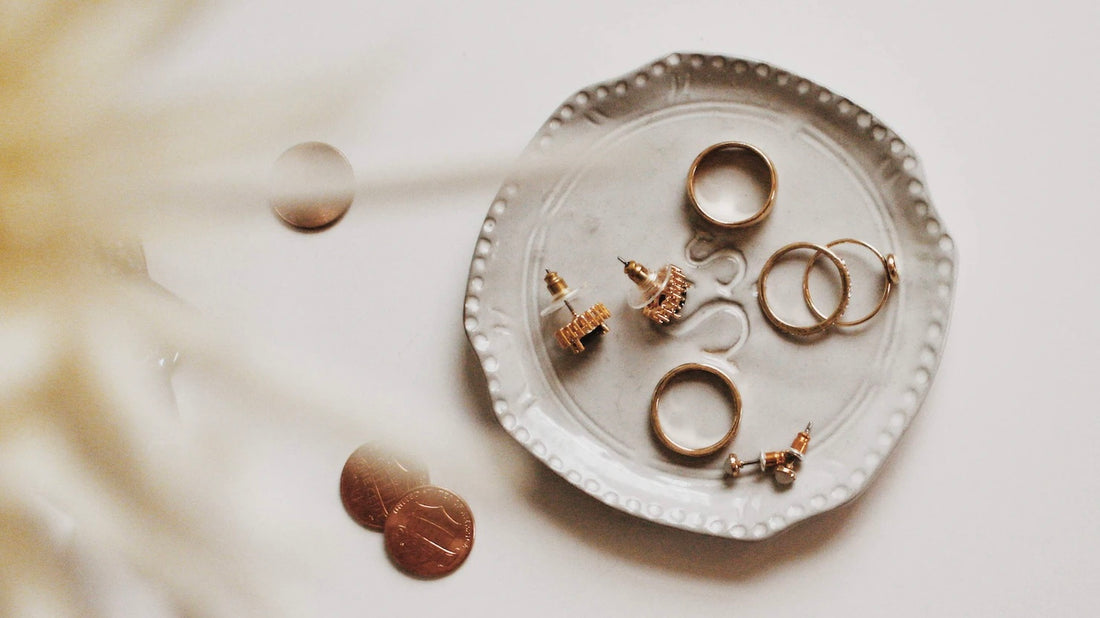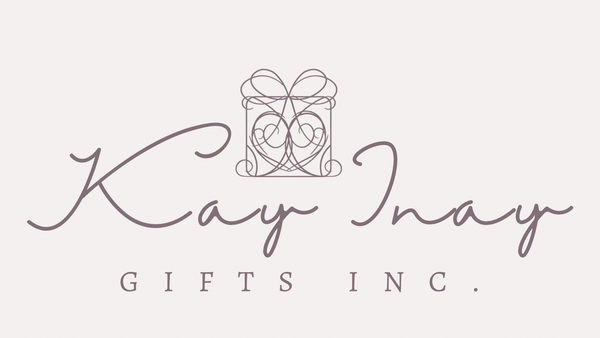
Demystifying Gold Karats: Understanding the Purity of Gold
Gold has been a symbol of wealth, beauty, and luxury for centuries. When it comes to purchasing gold jewelry or investing in gold, one important factor to consider is its karatage. Gold karats determine the purity of gold and directly affect its value and durability. In this blog post, we will delve into the world of gold karats, explaining what they mean and how they impact your gold jewelry and investment choices.
Understanding Gold Karats:
Gold karats are a measurement of the purity of gold, with 24 karat (24K) being the purest form. Pure gold is too soft to be used in jewelry, so it is often alloyed with other metals to increase its strength and durability. The karat system is divided into 24 parts, with each part representing 1/24th of the whole.
Different Karatages and Their Significance:
a. 24 Karat (24K):
- 24K gold is 99.9% pure gold, with very little or no alloyed metals.
- It is the most malleable and ductile form of gold but is too soft for everyday jewelry.
- 24K gold is commonly used in investment products like coins and bars.
b. 22 Karat (22K):
- 22K gold contains 91.7% pure gold, with the remaining 8.3% being alloyed metals.
- It strikes a balance between purity and durability, making it suitable for intricate jewelry designs.
- 22K gold is widely used in traditional and ethnic jewelry.
c. 18 Karat (18K):
- 18K gold contains 75% pure gold, with 25% alloyed metals.
- It is popular for its balance between durability and purity.
- 18K gold is commonly used in fine jewelry and engagement rings.
d. 14 Karat (14K):
- 14K gold contains 58.3% pure gold, with 41.7% alloyed metals.
- It is more durable than higher karat gold and offers excellent value for money.
- 14K gold is commonly used in a wide range of jewelry pieces.
e. 10 Karat (10K):
- 10K gold contains 41.7% pure gold, with 58.3% alloyed metals.
- It is the minimum karatage required to be legally called "gold" in the United States.
- 10K gold is more affordable and commonly used in lower-priced jewelry.
Factors to Consider:
a. Purity and Value:
- The higher the karat, the purer the gold and the higher its intrinsic value.
- Higher karat gold is generally more expensive than lower karat gold due to its purity.
b. Durability:
- Lower karat gold is more durable and less prone to scratches and wear.
- Higher karat gold is softer and more susceptible to bending or damage.
c. Allergies and Skin Sensitivities:
- Some individuals may be allergic or sensitive to the alloyed metals in gold.
- Lower karat gold, with a higher percentage of alloyed metals, may be a better choice for those with sensitive skin.
4. Hallmarks and Stamps:
- Gold jewelry is often stamped with hallmarks indicating its karatage and authenticity.
- Common hallmarks include "24K," "22K," "18K," "14K," or "10K."
Understanding gold karats is essential when buying gold jewelry or investing in gold. The karatage determines the purity, value, and durability of gold. Consider your preferences, budget, and intended use to make an informed decision about the karatage that suits your needs. Whether you choose the rich purity of 24K gold or the balance of durability and value in lower karat gold, gold jewelry remains a timeless and valuable asset.
